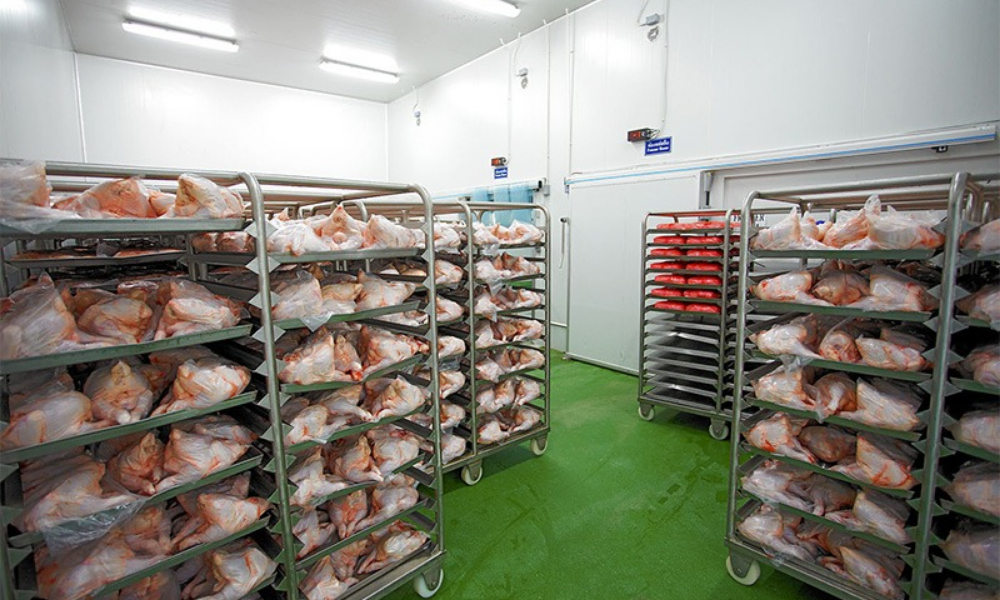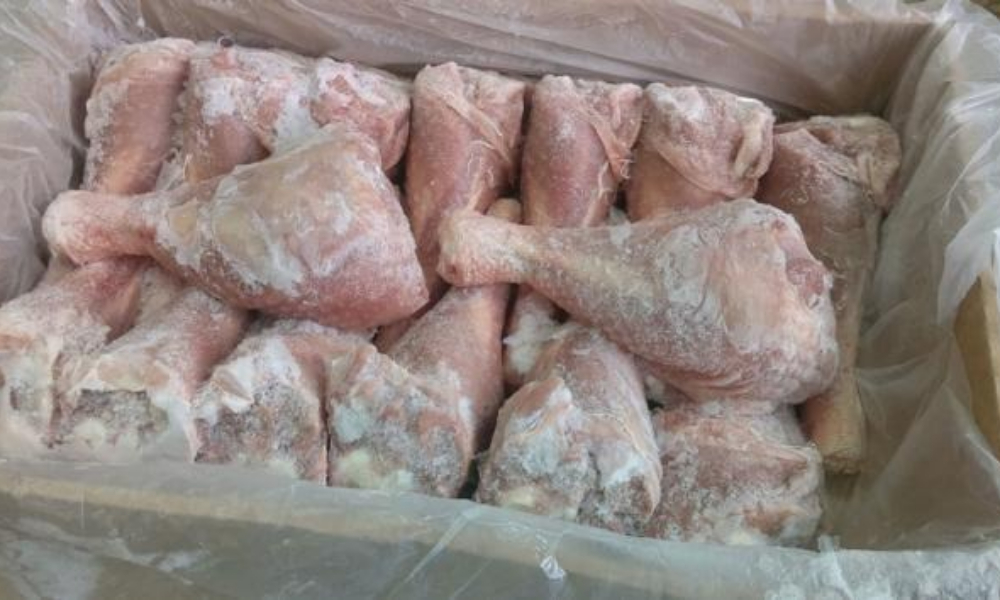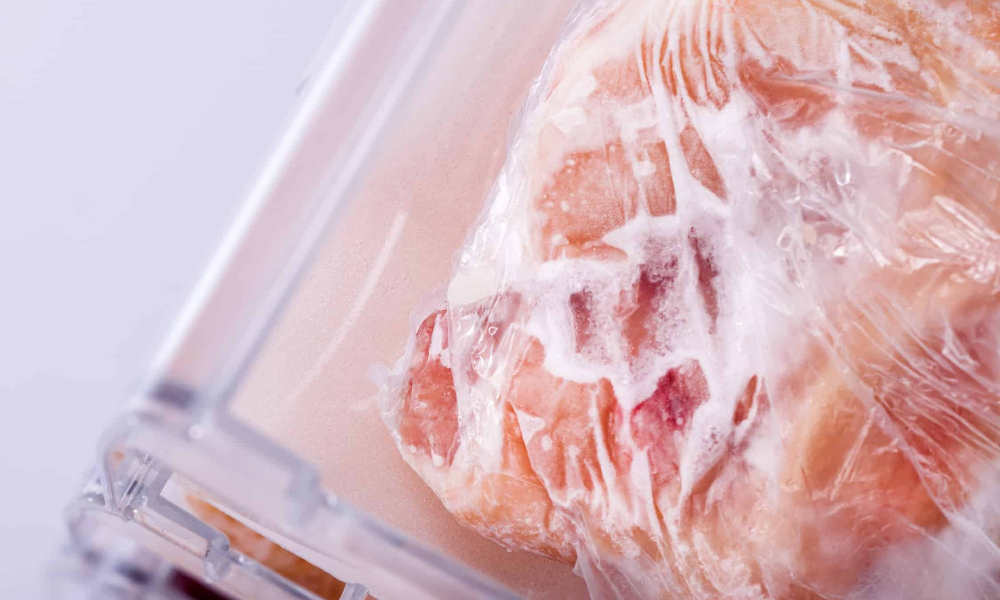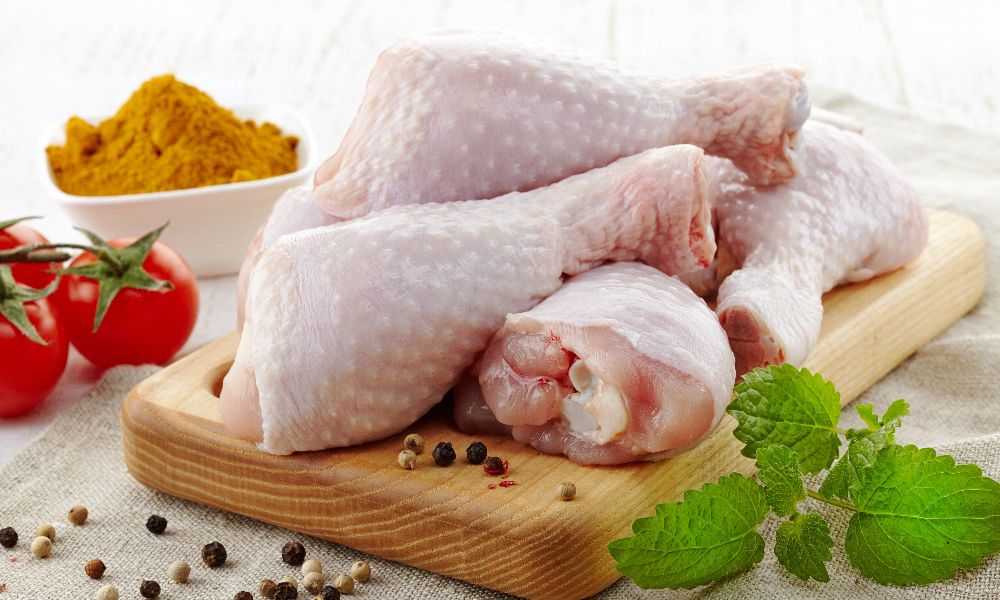Best Conditions for Storing Chicken in the Cold Room
When storing chicken in a cold room, various conditions must be considered to preserve the quality of the product and prevent it from spoiling. The first important factor is temperature and humidity. The suitable temperature for storing chicken should be in the range of 0 to 4 degrees Celsius. This temperature reduces the growth of microbes and bacteria, thus preserving the quality of the product. Additionally, humidity should be around 70 to 80 percent to prevent dryness or excessive moisture, which helps in better preservation of the chickens.
Air ventilation process is also crucial. The air ventilation system should supply fresh and clean air into the cold room and exhaust old and contaminated air from it. This helps in maintaining the freshness of the chickens and preventing bacterial growth.
Proper packaging is also of utmost importance. Chickens should be properly packaged and placed in containers that are hygienic to prevent any contamination and air infiltration, thus preventing the products from spoiling.
Moreover, the cold room should be periodically cleaned and disinfected to prevent the growth of bacteria and microbes. This ensures the hygiene of the cold room environment and prevents contamination of the products. Lastly, precise temperature and humidity control or monitoring is highly important. These fundamental conditions are essential for preserving the quality of chickens during the storage period in the cold room and prevent quality degradation and spoilage of the products.
The Main Difference in Storing Chicken Compared to Other Poultry in the Cold Room
The main difference in storing chicken compared to other poultry in the cold room lies in their physiological characteristics and storage conditions in the cold room. Chickens have specific storage conditions due to their meat structure, type of fat, tissue structure, and sensitivity to temperature, which are different from other poultry. These differences may include different temperature requirements, the need for proper ventilation and packaging, and hygiene control or monitoring of temperature and humidity. Therefore, in storing chicken in the cold room, these points should be specifically considered to preserve the quality of the product and prevent spoilage.
Maximum Storage Time for Chicken in the Cold Room
The maximum storage time for chicken in the cold room may depend on several factors. These factors include the temperature and humidity conditions inside the cold room, the stages of chicken breeding and harvesting, packaging methods, and chicken storage practices before entering the cold room.
- Temperature and humidity conditions of the chicken cold room The suitable temperature for storing chicken in the cold room should be in the range of 0 to 4 degrees Celsius, and the humidity should be around 70 to 80 percent. These conditions help in preserving the freshness and quality of the chicken.
- Chicken packaging method The use of suitable and hygienic packaging can increase the shelf life of chicken. Proper and secure packaging can prevent contamination and air infiltration, thus preserving the quality of the chicken.
- Chicken breeding and slaughter stages Chickens that have been raised and slaughtered using hygienic and proper methods can be stored in the cold room for a longer period.
- Chicken storage practices before entering the cold room To preserve freshness, chicken should be moved from slaughter to cold storage in the shortest time possible. The shorter the storage time of chicken under optimal conditions, the better its quality will be preserved.
However, generally, chicken can be stored in the cold room for a maximum of 3 to 5 days with proper temperature and packaging. But for better quality preservation and longer storage time, it is recommended that chickens move in the shortest time possible from slaughter to entering the cold room and from the cold room to consumption.
When Are Sub-Zero Cold Rooms Used for Chicken Storage?
Sub-zero cold rooms are usually used for chicken storage in two situations:
- Long-term storage When there is a need for long-term storage of chicken, such as international transportation or long-term storage for markets that require frozen chicken, chickens are stored at sub-zero temperatures to prevent spoilage and biological changes due to chemical and biological processes. This type of storage allows chicken to maintain its freshness and quality for a longer period.
- Special conditions storage In some specific situations, there may be a need for chicken storage under special conditions. For example, for special dietary programs or processing protein products that require maintaining the freshness and quality of chicken in the long term, sub-zero cold rooms can be used. In these conditions, storing chicken at lower temperatures can prevent bacterial growth, fermentation, and other spoilage processes, allowing chicken to be suitable for use in high-quality food processing.
In any case, for using sub-zero cold rooms for chicken storage, precise temperature and humidity control or monitoring are required to ensure the preservation of chicken quality in the long term.
Disinfection of the Cold Room for Chicken Protection
The process of disinfecting the chicken cold room is vital for maintaining hygiene and reducing food spoilage. This process includes several main stages. First, the surfaces of the cold room are periodically cleaned with detergents to remove any possible contamination. Then, the surfaces are sprayed with special disinfectants to kill any bacteria and microbes that may be present. Additionally, all equipment used in the cold room should be disinfected. Furthermore, the use of air ventilation systems with proper filtration can help keep the remaining air inside the cold room clean and remove contaminated and bacterial air. Finally, these processes should be carried out continuously and periodically, and continuous monitoring of them should be done to ensure cold room hygiene and optimize the preservation of stored products.
The Role of Packaging in Chicken Storage
Packaging chicken in the cold room is a vital part of preserving the quality and hygiene of chickens. This process should be done in a way that prevents air infiltration, contamination, and contact with contaminated surfaces. Below are some explanations regarding chicken packaging in the cold room:
- Hygiene protection Protecting the hygiene of chicken products is one of the main importance of chicken packaging. For this purpose, suitable boxes and bags made of resistant and non-permeable materials are used.
- Prevention of contamination Chicken packaging should be done in a way that prevents any contamination such as bacteria, viruses, and other pollutants. Therefore, packaging should be tight and appropriate to prevent air infiltration and environmental contamination.
- Preservation of freshness Chicken packaging should be done in a way that preserves the freshness and quality of the chickens. This includes using non-permeable boxes and bags to prevent air infiltration and using cold rooms with suitable temperatures.
- Labeling Labeling chicken products in packaging is necessary as it provides information such as production date, expiration date, and storage conditions on the packaging.
- Transportation Packaging should be done in a way that ensures safe and risk-free transportation of chicken products to and from the cold room. This includes using strong and resistant packaging.
Are Chicken and Red Meat Stored Differently?
In response, it must be said that in two areas, yes.
In storing chicken and red meat in the cold room, the main difference lies in packaging and preserving freshness.
Packaging Chicken packaging must be precise and tight to prevent air infiltration, contamination, and changes in color and odor. While red meat is usually packaged in multi-layer and suitable packaging, chicken requires more specific and precise packaging to prevent spoilage and contamination.
Preservation of freshness Due to having a higher amount of fat compared to red meat, chicken spoils quickly. Therefore, in storing chicken in the cold room, low temperature and suitable humidity are very important to maintain the freshness and quality of the chicken, while red meat usually has the least amount of fat and can be naturally stored at the right temperature for a long time.





